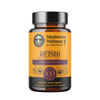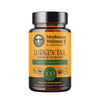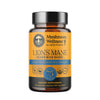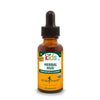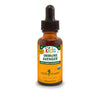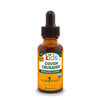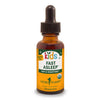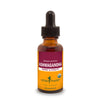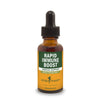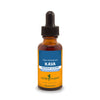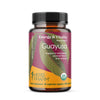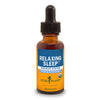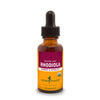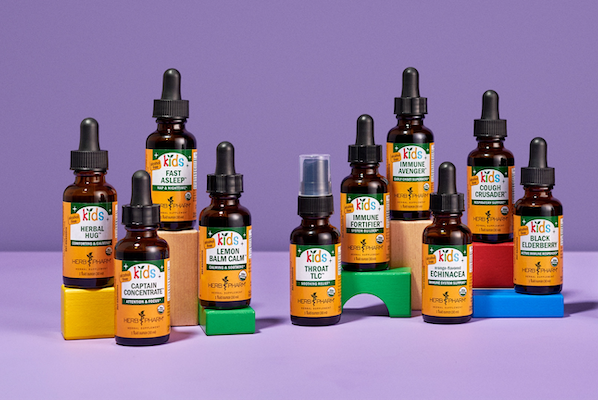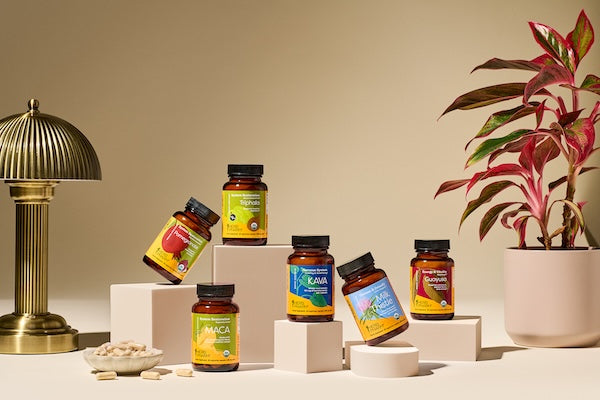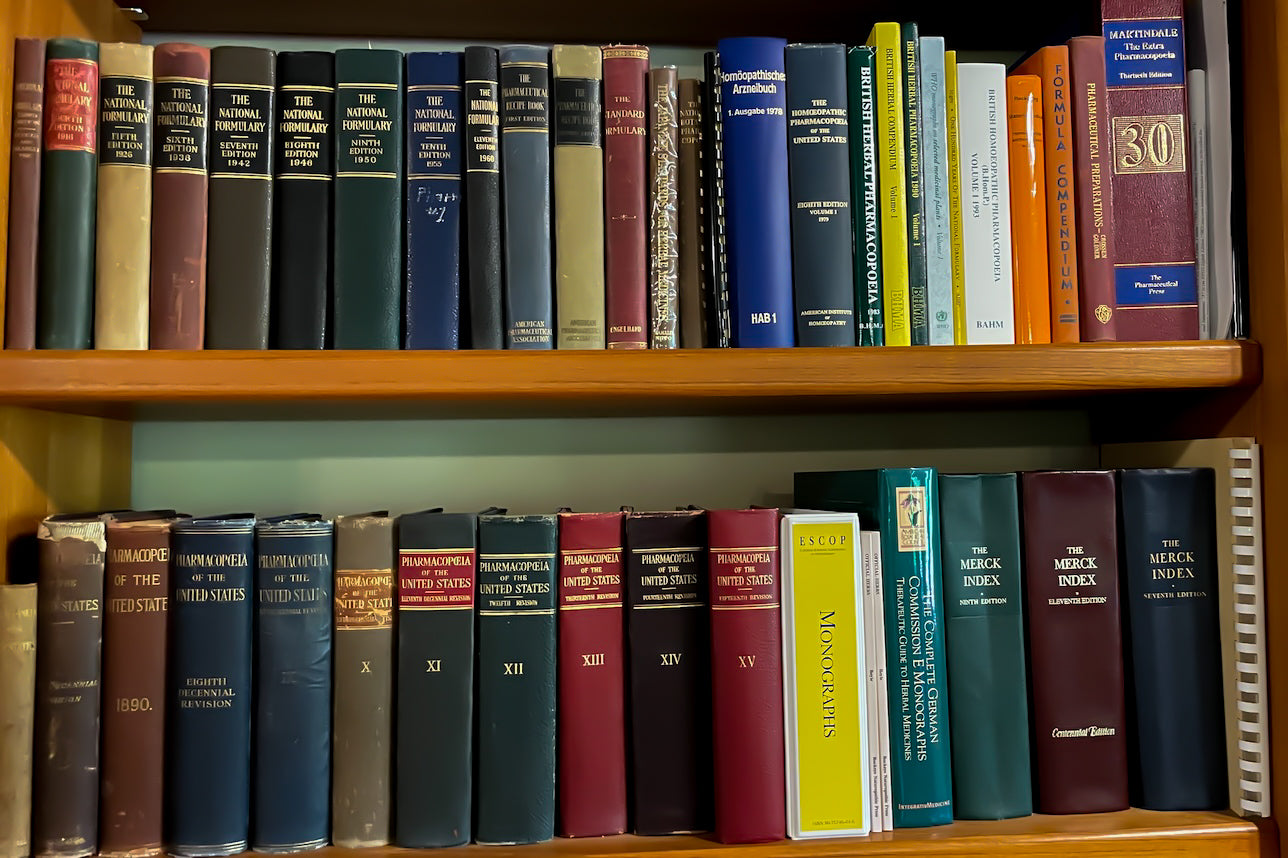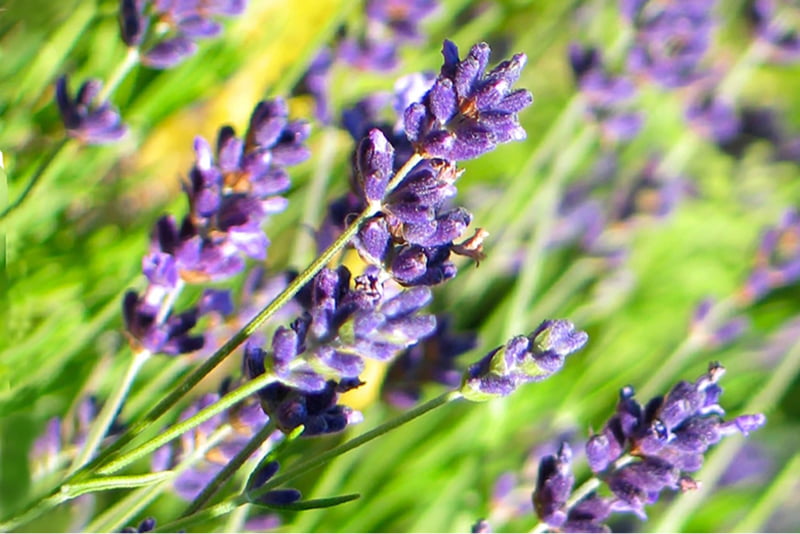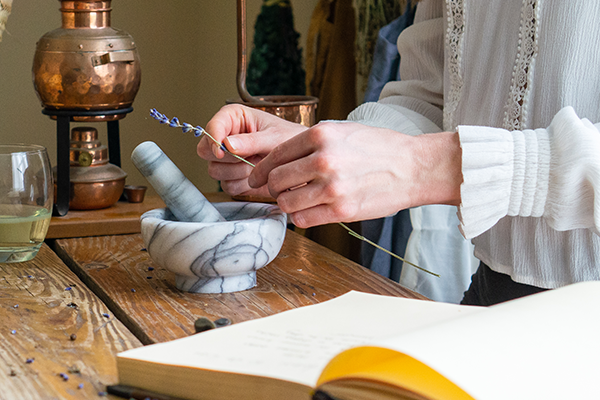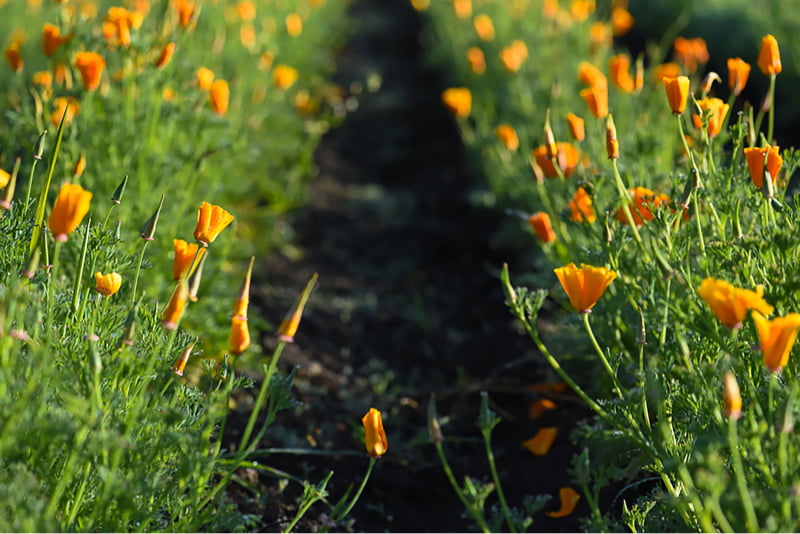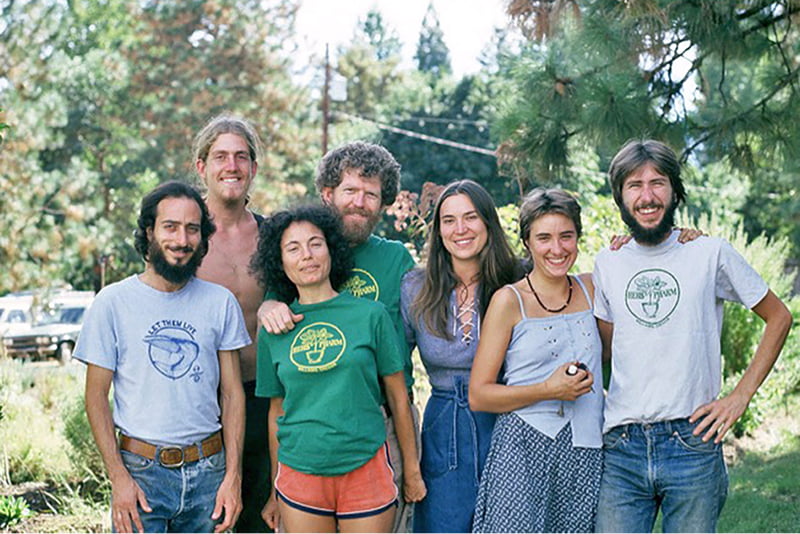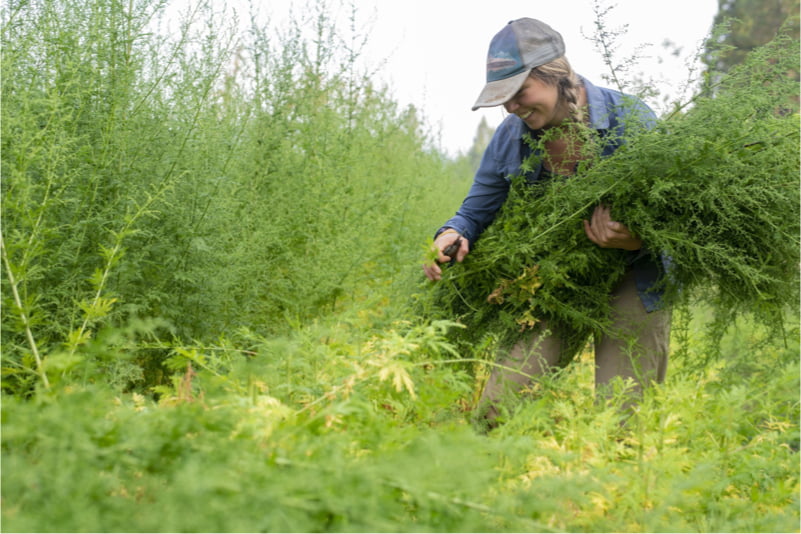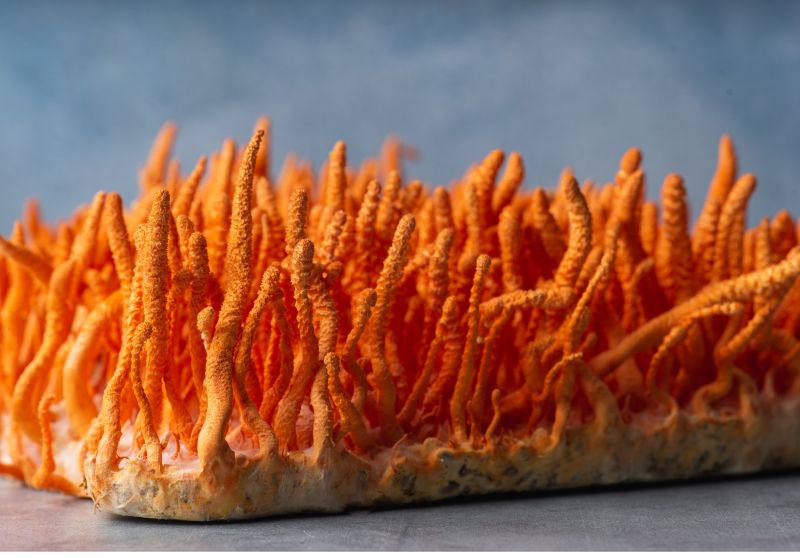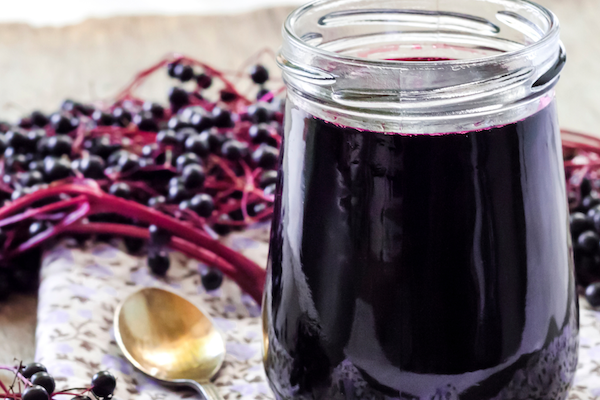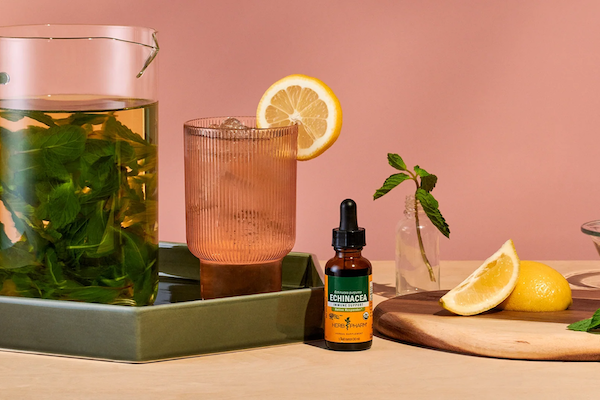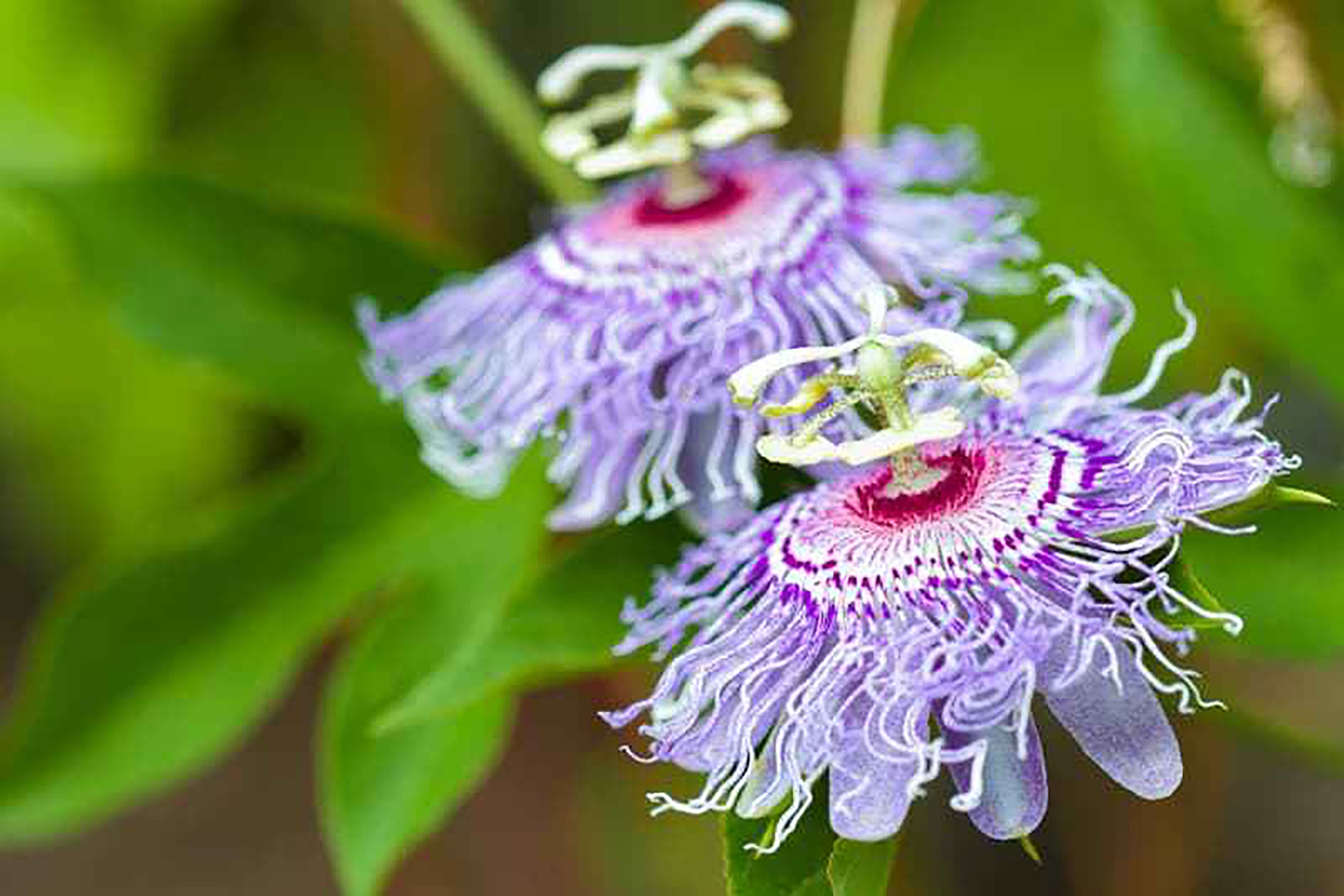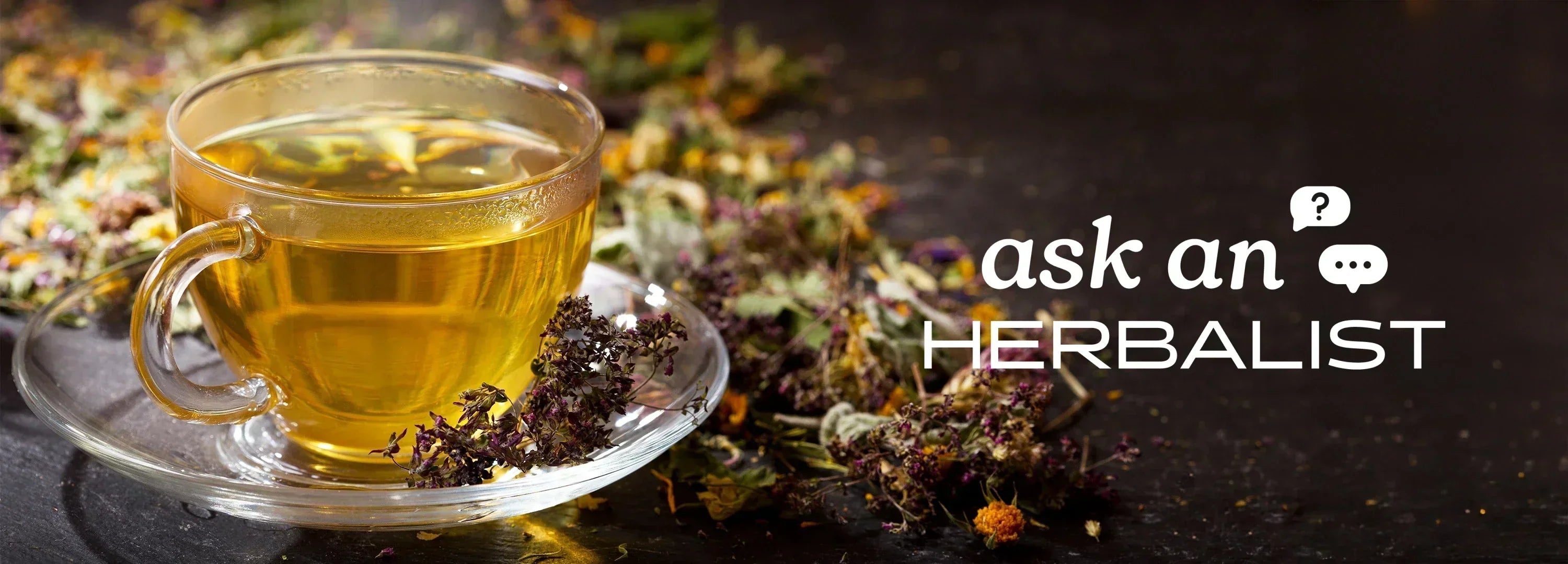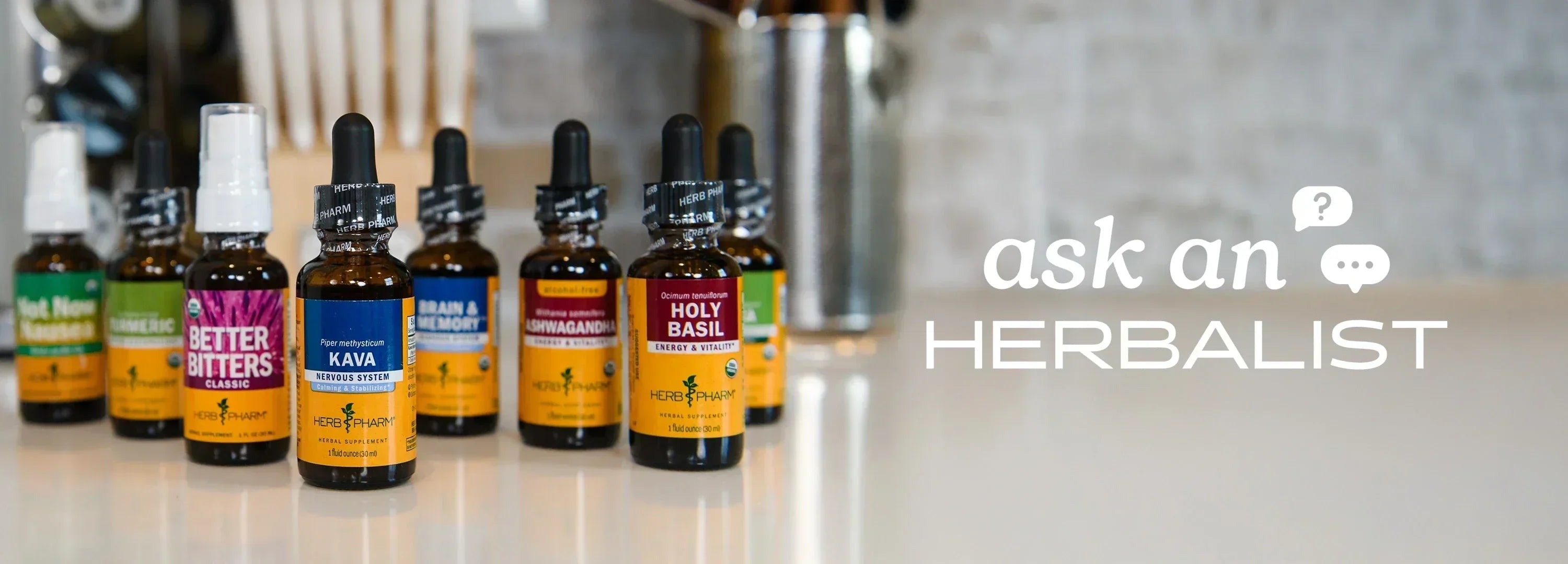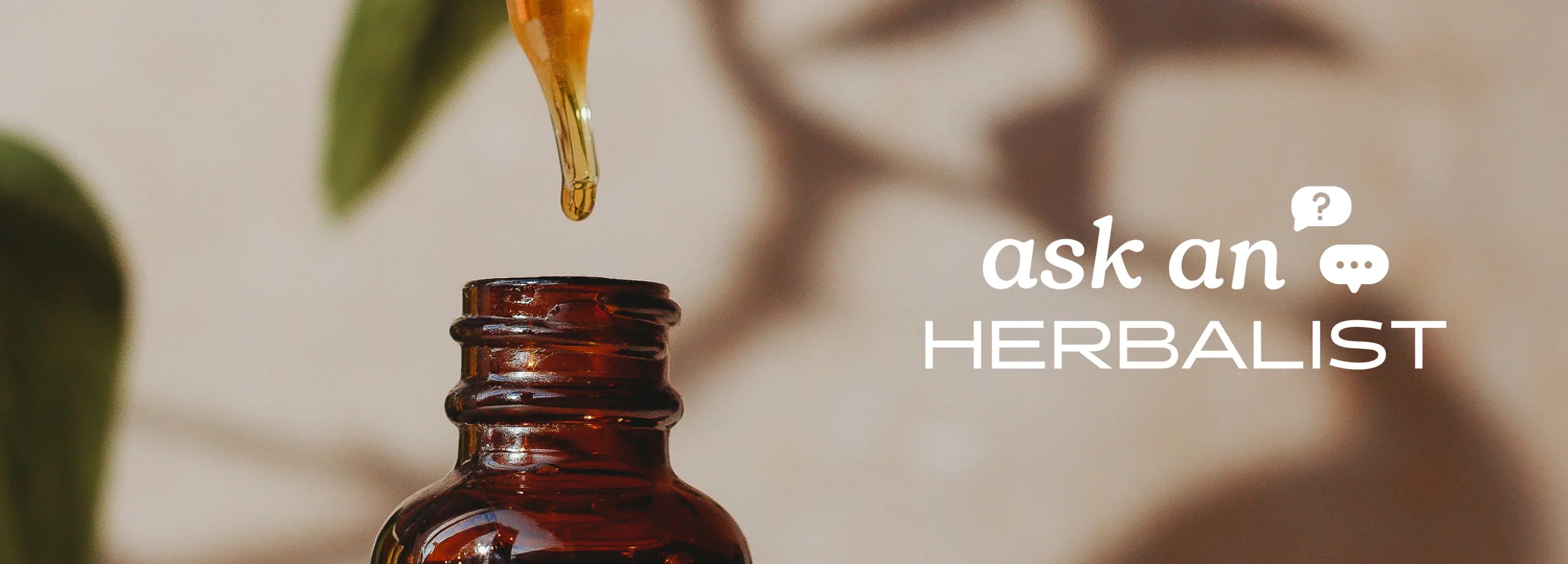We love talking about herbs and herbalism, and we especially love answering your questions about those
topics. That's why we brought in our team of herbal experts to respond to some of the most common questions
and concerns we hear.
Our herbalists have decades of combined experience working with herbs — and the people who take them. They
answer your most pressing questions, in our regular column “Ask an
Herbalist.”
What is an herbal extract?
Although herbal extracts come in many forms, they have one common feature. Extracts represent naturally
occurring phytochemicals (plant produced compounds) that have been removed from the inert structural
material of the plant that produced them. The main advantage of using extracts over raw herb is that once
extracted from the plant matrix, the phytochemicals are no
longer trapped inside the cellulose of the cell wall, allowing them to be more available. Liquid extracts also offer greater convenience than consuming an herb in its raw form.
Extracts are typically categorized by the solvent used to make them and/or by their form. Some of the more
common solvents that are used include water, alcohol, glycerin, and vinegar. The inherent qualities of each
of these solvents will attract different phytochemicals in an herb. Watery extracts made by infusion or
decoction are used as teas, rinses and the base for syrups and other products.
Tinctures are liquid extracts made with alcohol and may include other food-grade solvents. Alcohol extracts a
wide range of phytochemicals and is an excellent preservative. It may also be diluted with water to adjust
alcohol content and glycerin may be added to curb excessive precipitation of the finished extract.
Food-grade glycerin is a low glycemic index sweetener often used as a solvent to make alcohol-free liquid
extracts. While most glycerites lack appreciable alcohol, intermediate extraction may be carried out with
alcohol on occasion. In this case alcohol is used to form the initial extract, and is then removed from the
finished product with glycerin added in its place.
Vinegars are not common, but are experiencing a bit of resurgence in popularity. These are made by extracting
herbs directly in vinegar. Apple cider or other plant based vinegars are most desirable in this case.
Oils are fatty oils that have been infused with herbs for topical use and may be called herbal oils or
infused oils. The fatty oil used as a base is commonly from Olive, Sesame, or Coconut, although many other
sources may be used. Although oils may come from plant or animal sources, Herb Pharm uses Certified Organic plant-based oils for our products.
Essential oils are not truly “oils” like Olive oil and Coconut oil, but rather the volatile components that have been separated from an aromatic herb. Quality essential
oils are either steam distilled or, in the case of herbs like citrus peel, pressed directly from the fresh
herb. Essential oils are very strong preparations and are well diluted for internal use.
Powdered extracts are formed by drying liquid extracts including tinctures and water extracts, often under
vacuum. Powdered extracts are most commonly used in capsules and tablets. Because the solvent is removed
from the final product, some powdered extracts are made with solvents other than ethanol and water. Solvent
labeling is not required on powdered extracts, but transparent labeling will include the solvent(s) used.
Traces of solvents will remain in the extract, which should be tested.
Supercritical extracts are made by extracting herbs with a gas, usually carbon dioxide, at low temperature
and high pressure to bring it into the supercritical state. These are semi-solid extracts representing the
fat-soluble components of an herb that are generally seen in softgel form.
